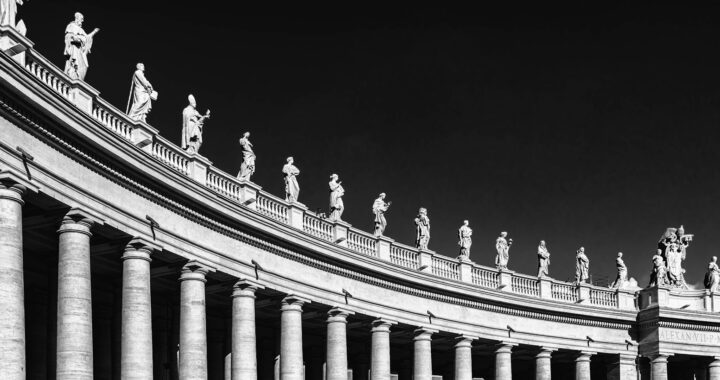The death, resignation, or removal of the Pope initiates a well-structured and tradition-bound series of events and actions within the Vatican City and across the entire Catholic Church. One of the most important events is the Papal Conclave or the Conclave. It is a meeting of the College of Cardinals in which participants elect the new Pope of the Roman Catholic Church.
How the New Pope is Chosen in Secrecy: Understanding the Papal Conclave
Secrecy is at the core of the Papal Conclave. This aims to seclude the participants responsible for choosing the next Pope from external influence and protect both the integrity and sanctity of the process. However, despite this veil of concealment, the entire process, especially the general procedures and rules governing the Conclave are known to the public since they are codified in Church documents and have been documented by historians and the media.
Important Elements
• Initiation: It is important to note that the Papal Conclave must begin no earlier than 15 days and no later than 20 days after the Apostolic See became vacant. This window allows time for the participants from around the world to travel to Rome. A sitting Pope who is bound to step down can make changes. Pope Benedict XVI allowed the Conclave to begin earlier than 15 days in 2013.
• Location: The Sistine Chapel is transformed into an election chamber. Temporary flooring is often installed to accommodate the seating arrangements for the Cardinal electors. Note that this chapel is known for the frescoes of biblical scenes by Michelangelo. The first time it was used to elect a new pope was in 1492 but it was in 1878 when it became the exclusive location of the Conclave.
• Participation: Not all members of the College of Cardinals can participate and vote. The electors, called the Cardinal Electors, need to be under the age of 80 on the day the Apostolic See becomes vacant. This rule was set in 1970 by Pope Paul VI. One of the main reasons is that the electors need to be in good physical health and mental stamina since the Conclave is a demanding process.
• Seclusion: A key characteristic of the conclave is its strict isolation. The doors of the Sistine Chapel are locked once all the Cardinal Electors have entered. The participants are not permitted contact with the outside world. No phones are allowed. There is no access to news. This isolation is intended to ensure that their deliberations and votes are free from any external pressure or influence.
Voting Process
a. Daily Sessions: The Cardinal Electors typically hold two voting sessions each day until they elect a new Pope. One is held in the morning and another one in the afternoon.
b. Ballot Preparation: Each Cardinal elector writes the name of his chosen candidate on a ballot. This ballot is then folded. Maintaining anonymity is paramount.
c. Voting Proper: The Cardinals move to an altar and take an oath to uphold the rules of the conclave and its secrecy. Their folded ballot is placed into an urn.
d. Ballot Counting: Scrutineers chosen from among the Cardinal Electors count the cast ballots. A two-thirds majority of the votes cast is required to elect a new Pope.
e. Results Announcing: One of the most iconic aspects of the Conclave is the use of smoke signals to communicate the outcome of the voting to the world outside.
f. Smoke Signals: A black smoke or fumata nera indicates that of candidate receives the required two-thirds majority. A white smoke indicates a new Pope is elected.
